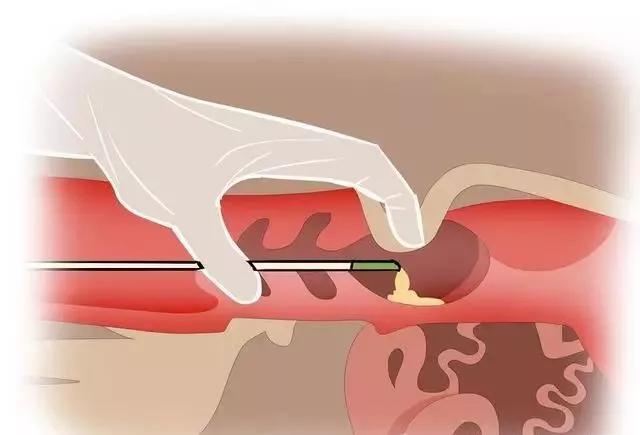Pregnancy diagnosis plays an important role in reducing the number of days a dairy farm is open; Therefore, choosing an accurate method for early pregnancy diagnosis is very important. In addition to traditional pregnancy diagnosis through rectal palpation of the uterus 40 to 60 days after artificial insemination and measurement of progesterone concentration in serum or milk 18 to 24 days after artificial insemination, there are several new possibilities for diagnosing early pregnancy in weaned cattle farms. However, it is crucial to emphasize that before introducing any new diagnostic test, we need to ensure the accuracy of that specific test in order to reduce iatrogenic miscarriage rates caused by * * adenosine or resynchronization therapy. This review focuses on the diagnostic possibilities and limitations of early pregnancy diagnosis in this field.
Recommended B-ultrasound pregnancy tester for cattle
One of the advantages of ultrasound testing is that it can be identified by the absence of heartbeat, detachment of membranes, presence of particles in fetal fluid, or lack of embryos. UE shows that LEM may occur in up to 23% of pregnancies. The PL (8%) diagnosed by ultrasound examination in cows between day 26 and day 58 after AI occurred approximately on day 29 (n=1), day 33 (n=3), day 37 (n=3), day 40 (n=2), day 44 (n=1), and day 56 (n=1) after AI. The exact date of LEM/EFM occurrence cannot be determined as UE executes it every 3-4 days.
The decrease in head to hip length and progesterone concentration measured on the 34th day of pregnancy in cows is often associated with an increased odds ratio of miscarriage, while the use of ultrasound machines to detect luteal perfusion and decreased uterine artery blood flow in cows cannot be used to predict pregnancy loss in lactating cows.








